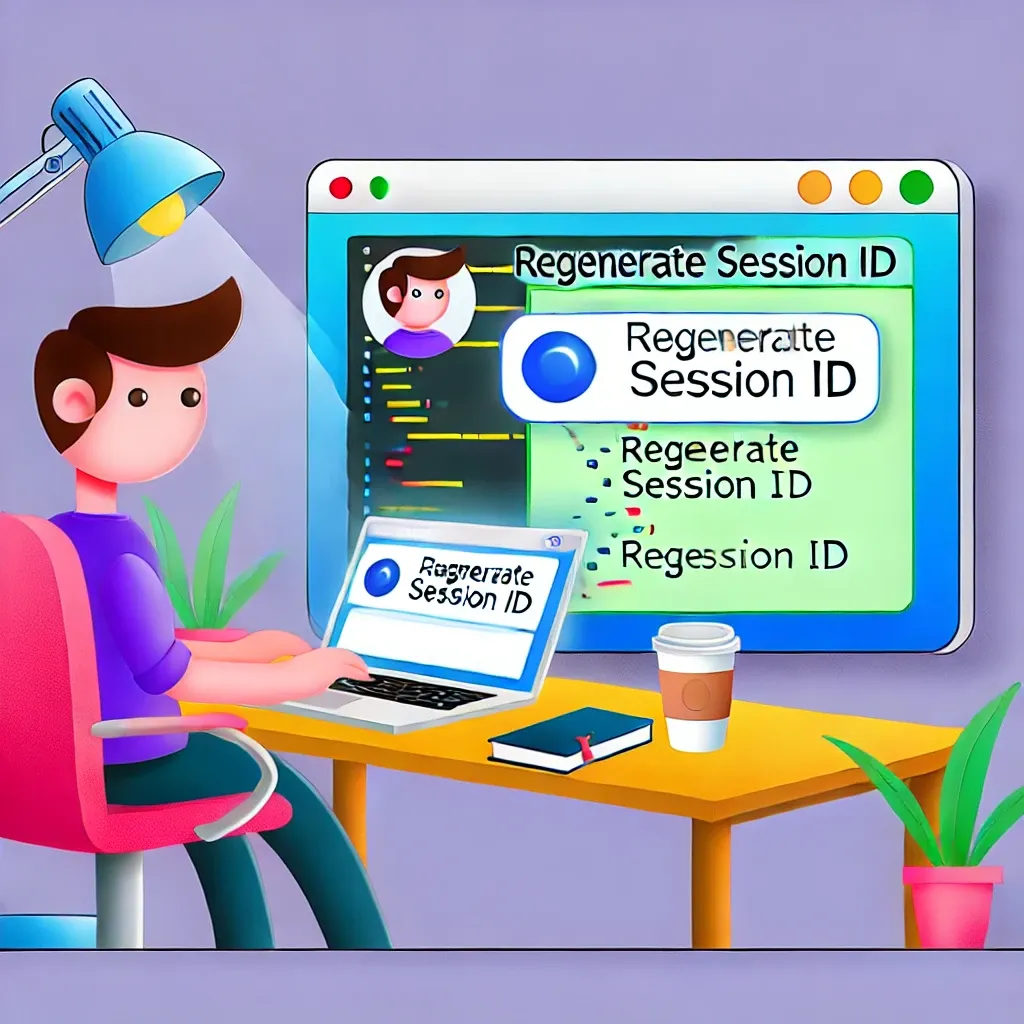Enhancing Security with Session ID Regeneration in Laravel

In the world of web security, session management plays a crucial role in protecting user data and preventing unauthorized access. Laravel provides powerful tools for session management, including the ability to regenerate session IDs. Let's explore how you can leverage this feature to enhance the security of your Laravel applications.
Understanding Session ID Regeneration
Session ID regeneration is the process of creating a new, unique identifier for a user's session. This practice is crucial for preventing session fixation attacks, where an attacker might try to hijack a user's session by using a known session ID.
When to Regenerate Session IDs
Laravel automatically regenerates session IDs in certain scenarios, particularly during authentication when using Laravel's built-in authentication features or Laravel Fortify. However, there are times when you might want to manually regenerate the session ID:
- After significant state changes (e.g., password change, email update)
- At regular intervals for long-lived sessions
- When elevating privileges or accessing sensitive areas of your application
Manually Regenerating Session IDs
Laravel makes it simple to regenerate session IDs manually. Here's how you can do it:
$request->session()->regenerate();
This method creates a new session ID while keeping all the existing session data intact.
Regenerating and Clearing Session Data
In some cases, you might want to not only regenerate the session ID but also clear all existing session data. Laravel provides a method for this as well:
$request->session()->invalidate();
This method regenerates the session ID and removes all data from the session in a single operation.
Real-World Example: Password Change
Let's consider a scenario where we want to regenerate the session ID after a user changes their password:
public function changePassword(Request $request)
{
$request->validate([
'current_password' => ['required', 'current_password'],
'new_password' => ['required', 'confirmed', 'min:8'],
]);
$user = $request->user();
$user->update([
'password' => Hash::make($request->new_password),
]);
// Regenerate the session ID
$request->session()->regenerate();
return redirect()->route('profile')
->with('status', 'Password changed successfully.');
}
In this example, we regenerate the session ID after successfully changing the user's password. This ensures that any potential session fixation attack using the old session ID will be thwarted.
Combining with Remember Me Functionality
When using Laravel's "remember me" functionality, you should also consider regenerating the session ID when logging in a user via the remember token:
if (Auth::viaRemember()) {
$request->session()->regenerate();
}
Session ID regeneration is a crucial security practice in web development. By leveraging Laravel's session regeneration features, you can significantly enhance the security of your application, protecting your users from session fixation attacks and other session-based vulnerabilities. Remember, security is an ongoing process, and regularly regenerating session IDs is just one part of a comprehensive security strategy for your Laravel applications.
If this guide was helpful to you, subscribe to my daily newsletter and give me a follow on X/Twitter. It helps a lot!